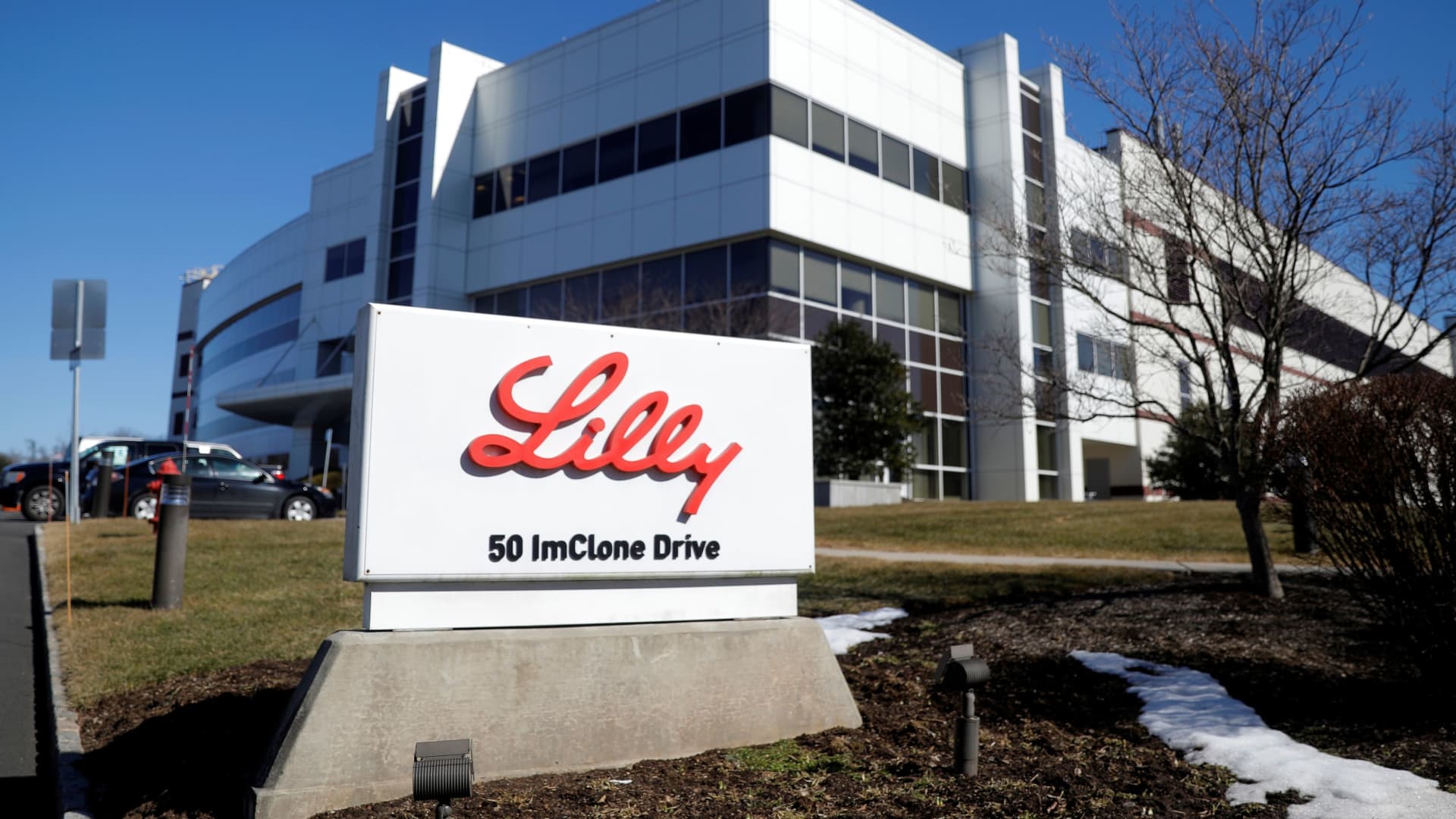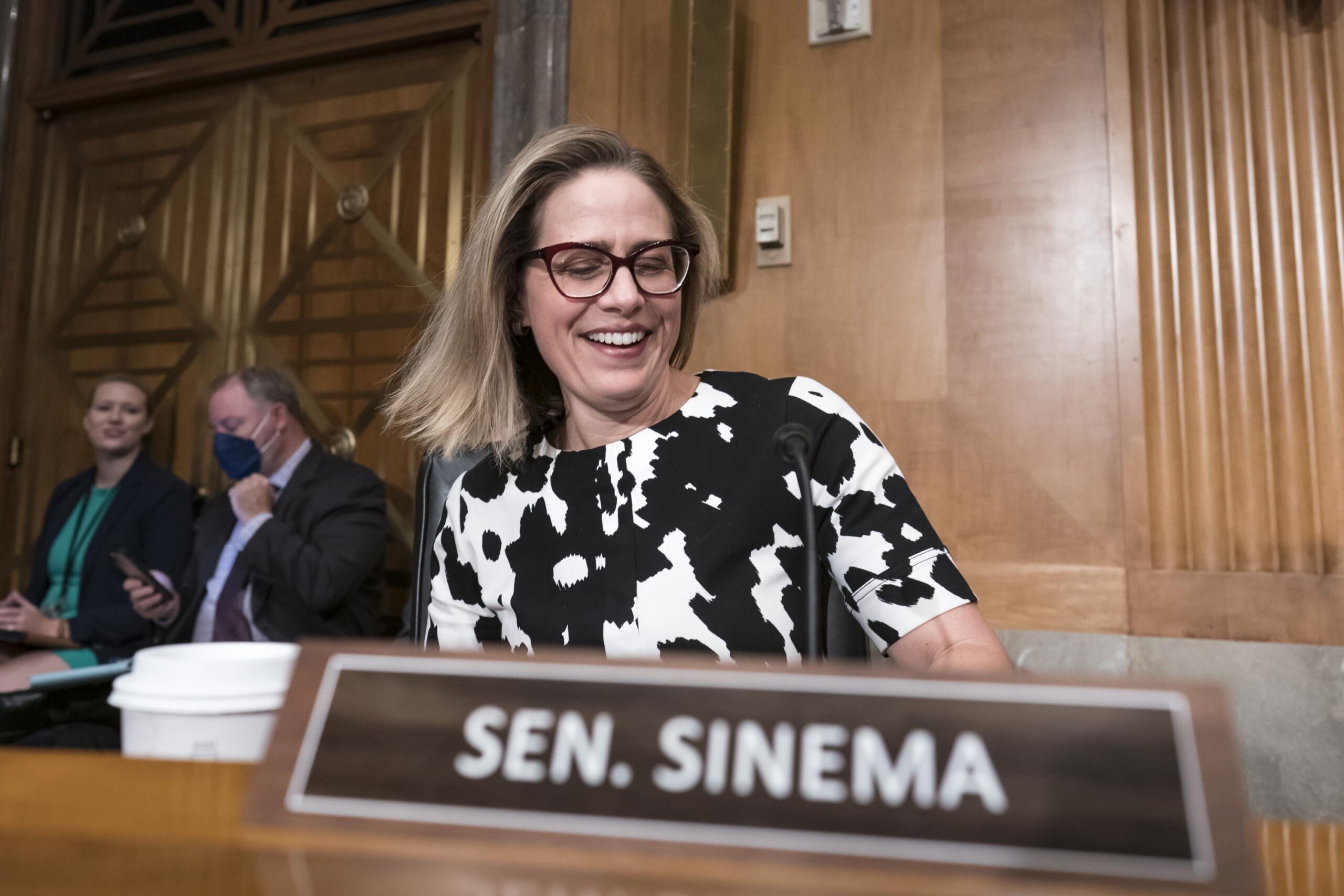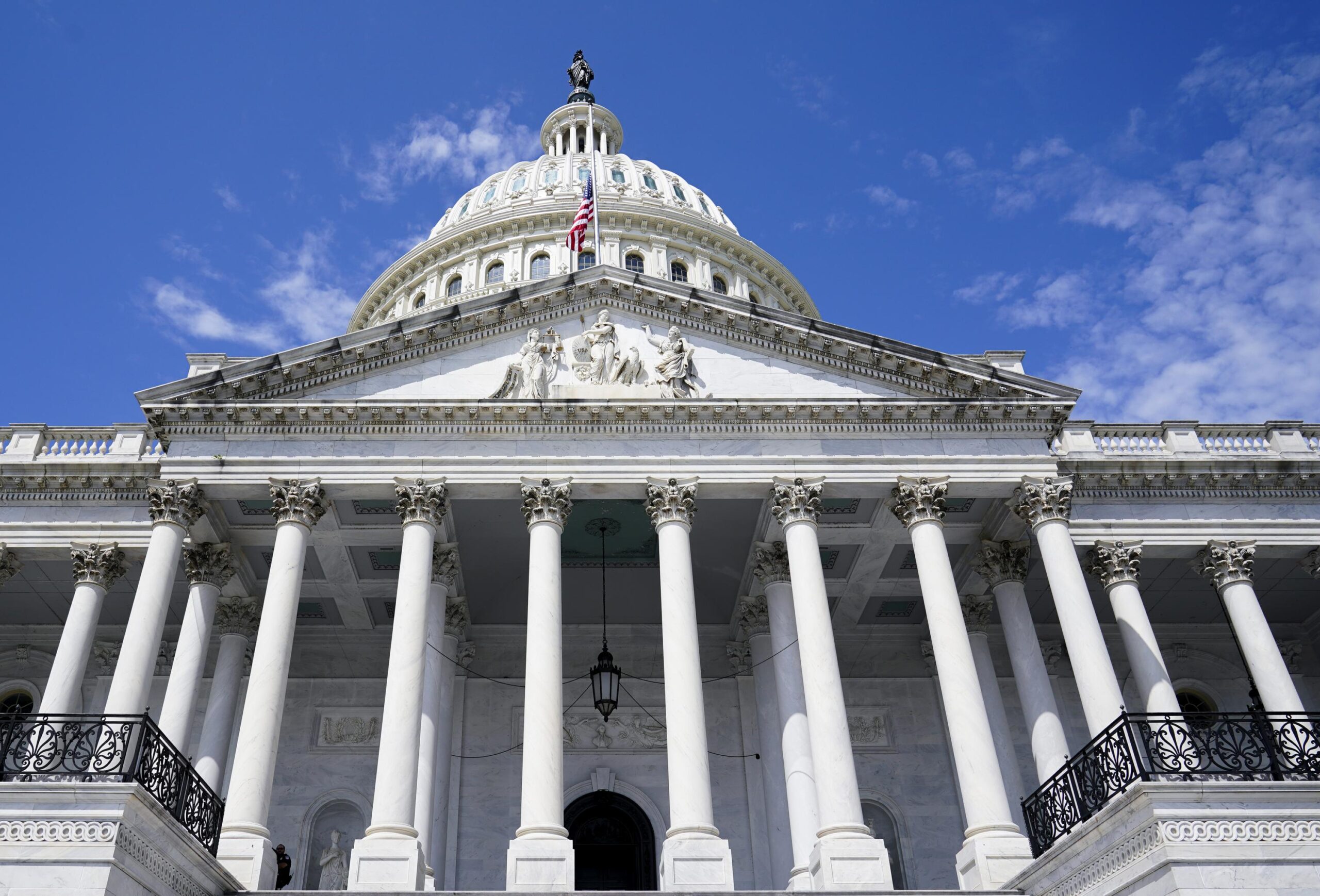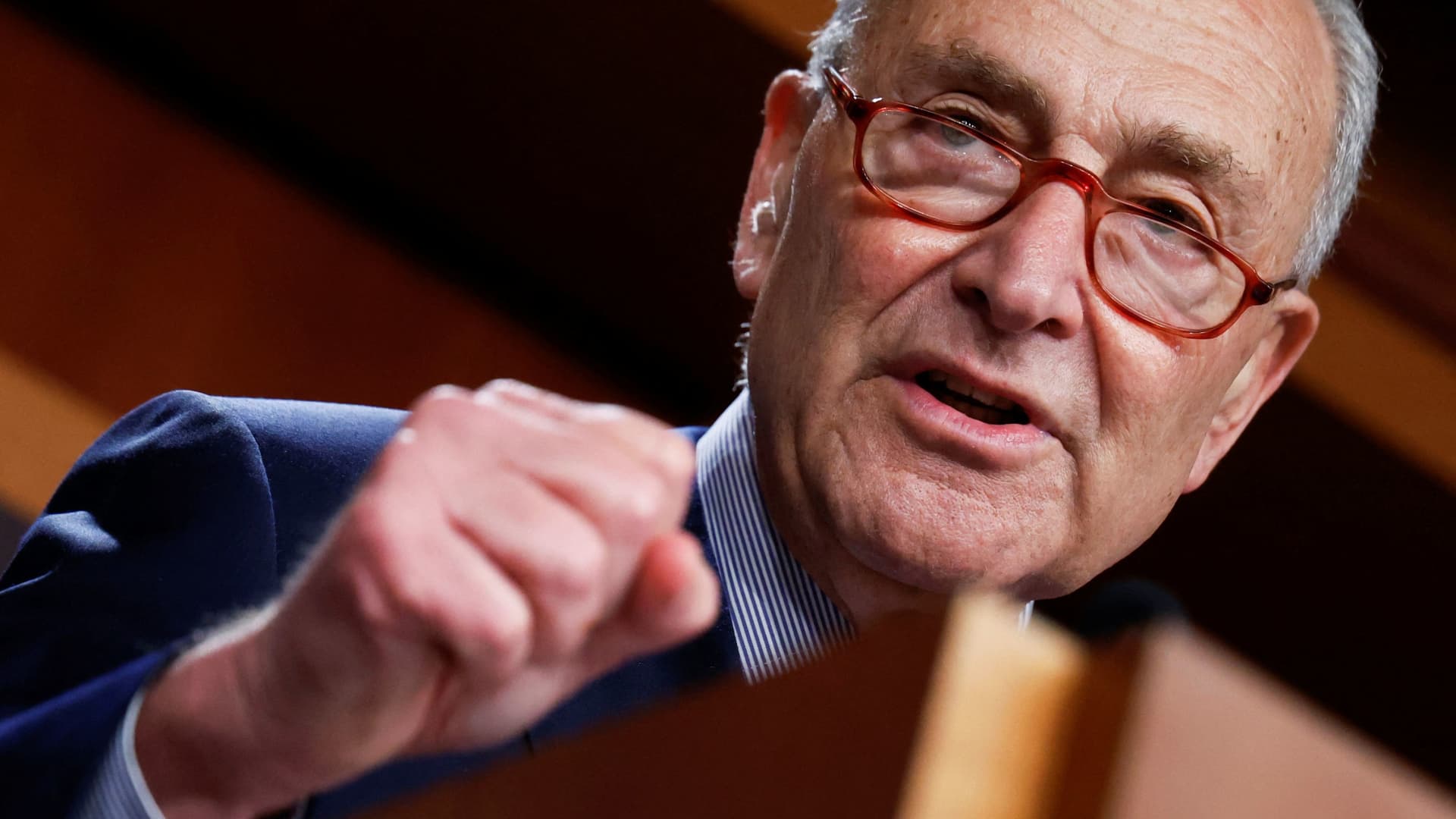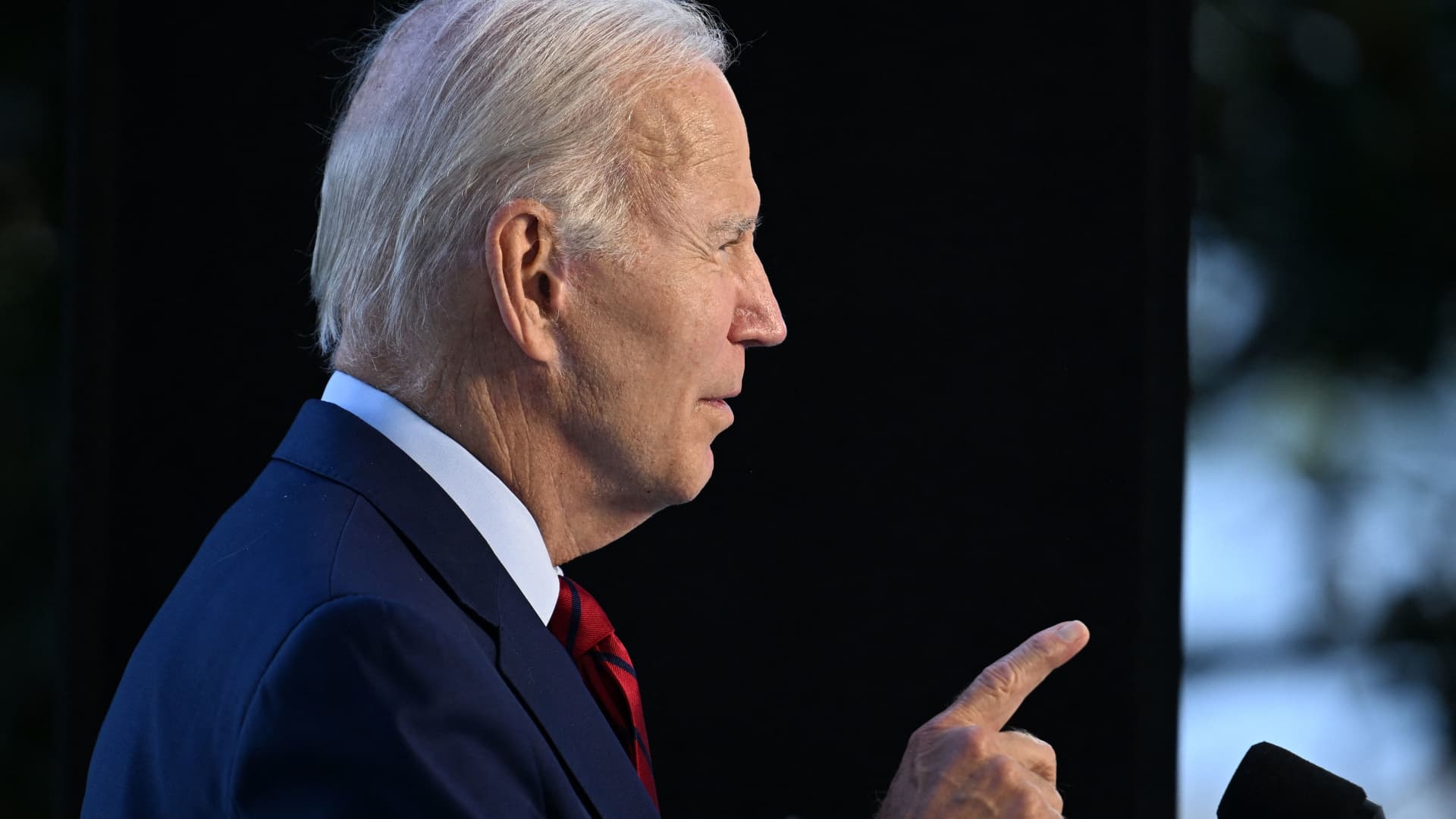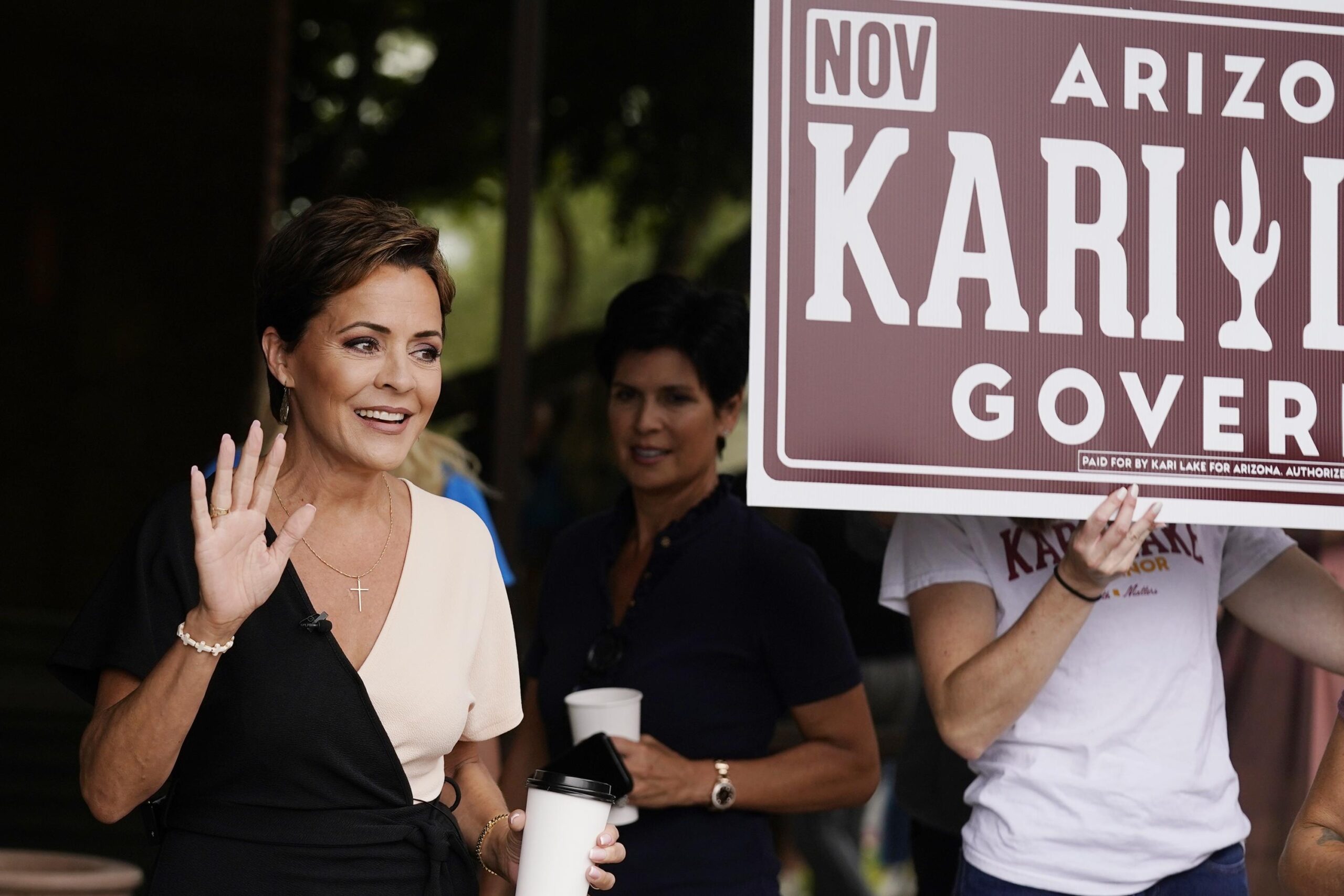It’s a story that’s got the makings of a best-seller — a billion-dollar deal, a court battle, and an endorsement from the King of Horror.
Penguin Random House, a publishing titan, is hoping to buy its rival Simon & Schuster in a mega-deal that would reshape the publishing industry.
But the Biden administration has sought to intervene through the US courts, with the Department of Justice (DOJ) suing to block the merger from happening.
Let’s get you up to speed on the court case that’s gripping the publishing industry.
What’s the story?
In 2020, German media giant Bertelsmann announced its plan for its Penguin Random House division to buy fellow publishing giant Simon & Schuster for $US2.17 billion from TV and film company ViacomCBS.
The merger would reduce the so-called Big Five of publishing — which also includes HarperCollins, Hachette Book Group and Macmillan — to four.
The announcement was not well received and drew intense scrutiny from government regulators.
The US Justice Department argues that the merger would hurt authors and, ultimately, readers as well.
It says the deal would thwart competition and give Penguin Random House gigantic influence over which books are published in the US and beyond, not just how many authors are paid, giving consumers fewer books to choose from.
The new company, if approved, would be by far the biggest book-publishing entity in US history.
The Penguin Random House trial is widely seen as part of a growing DOJ trend during the Biden administration of taking a tougher stand on mergers in a bid to crack down on big business combinations.
Bertelsmann’s rival News Corp, which owns HarperCollins, also slammed the deal.
“This literary leviathan would have 70 per cent of the US literary and general fiction market,” News Corp chief executive Robert Thomson said in a statement.
But Penguin Random House has countered that the new company would enhance competition because the combined company could turn out books more efficiently.
How is Stephen King involved?
Now, the weeks-long trial in US District Court in Washington has kicked off, with critically acclaimed author Stephen King going in to bat for the government.
“I came because I think that consolidation is bad for competition,” Mr King said during his testimony earlier this week.
The way the industry has evolved, he said, “it becomes tougher and tougher for writers to find money to live on.”
The 74-year-old expressed skepticism toward the two publishers’ commitment to continue to bid for books separately and competitively after a merger.
“You might as well say you’re going to have a husband and wife bidding against each other for the same house. It’s kind of ridiculous,” he said.
“It would be sort of very gentlemanly and sort of, ‘after you’ and ‘after you.”
Mr King’s remarkable career came amid waves of consolidation in the industry.
As he noted in his remarks, there were dozens of publishers in New York when his breakthrough novel, Carrie, came out in 1974, and he has seen many of them either acquired by larger companies or forced out of business.
The publisher of Carrie, Doubleday, is now part of Penguin Random House, as is another former King publisher, Viking Press.
There’s also an elephant in the room: Amazon
During the trial, Penguin Random House chief executive Markus Dohle admitted that while he has promised to allow the two merged companies to continue to bid against each other for deals with authors, the publisher’s German parent firm, Bertelsmann, had no legal obligation to honor that commitment.
The biggest threat to the publishing industry comes not from consolidation but from the explosion in recent years of subscription-based or cheap content, such as e-books, Mr Dohle said, calling it “all-access.”
He specifically cited Amazon, which has some 50 million book titles available, and Disney.
“I think it’s the biggest threat to the industry, and especially author income,” he said.
“It will have a tectonic influence on the revenue pool of the industry.”
Mr Dohle liked Penguin Random House to Silicon Valley “angel” investors.
“We invest every year in thousands of ideas and dreams, and only a few of them make it to the top… Each book is unique and there’s a lot of risk,” he said.
The trial is expected to continue for two to three weeks, with the next chapter in the publishing industry soon to be written.
ABC/wires
.

